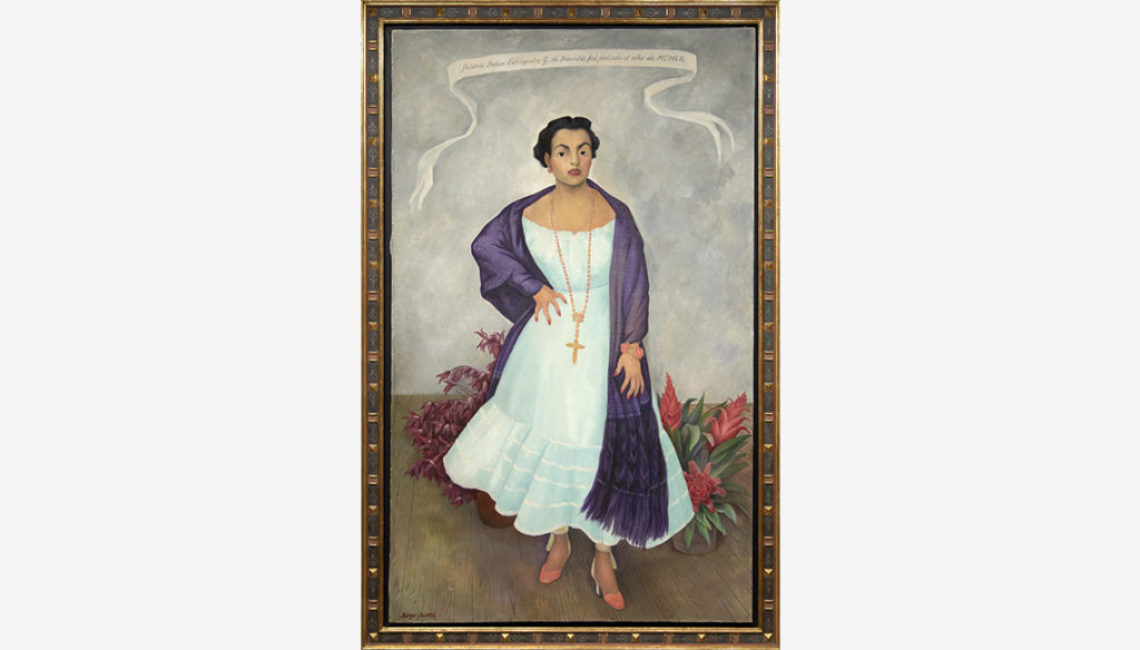دييغو ريفيرا وnbsp(1886-1957)
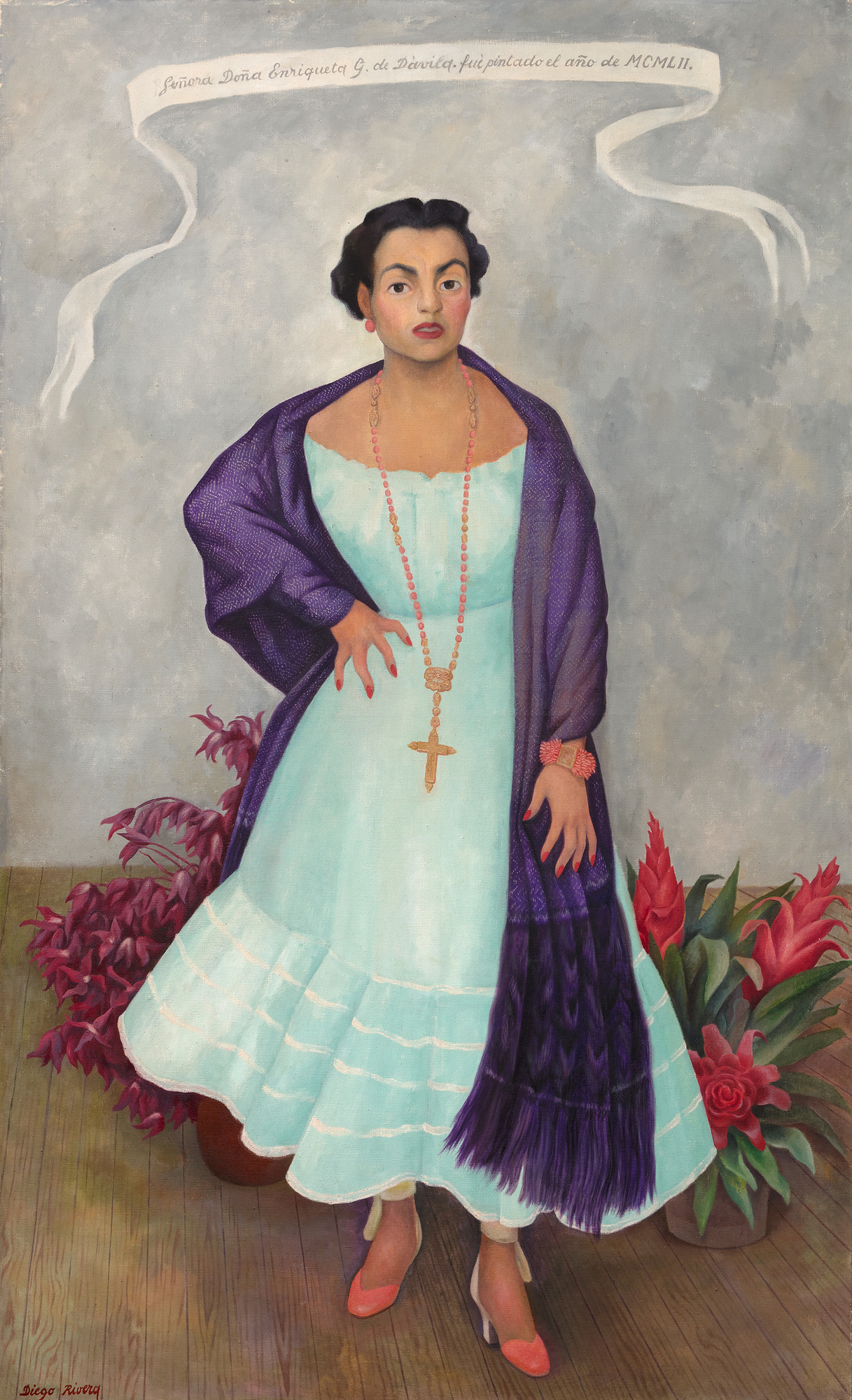
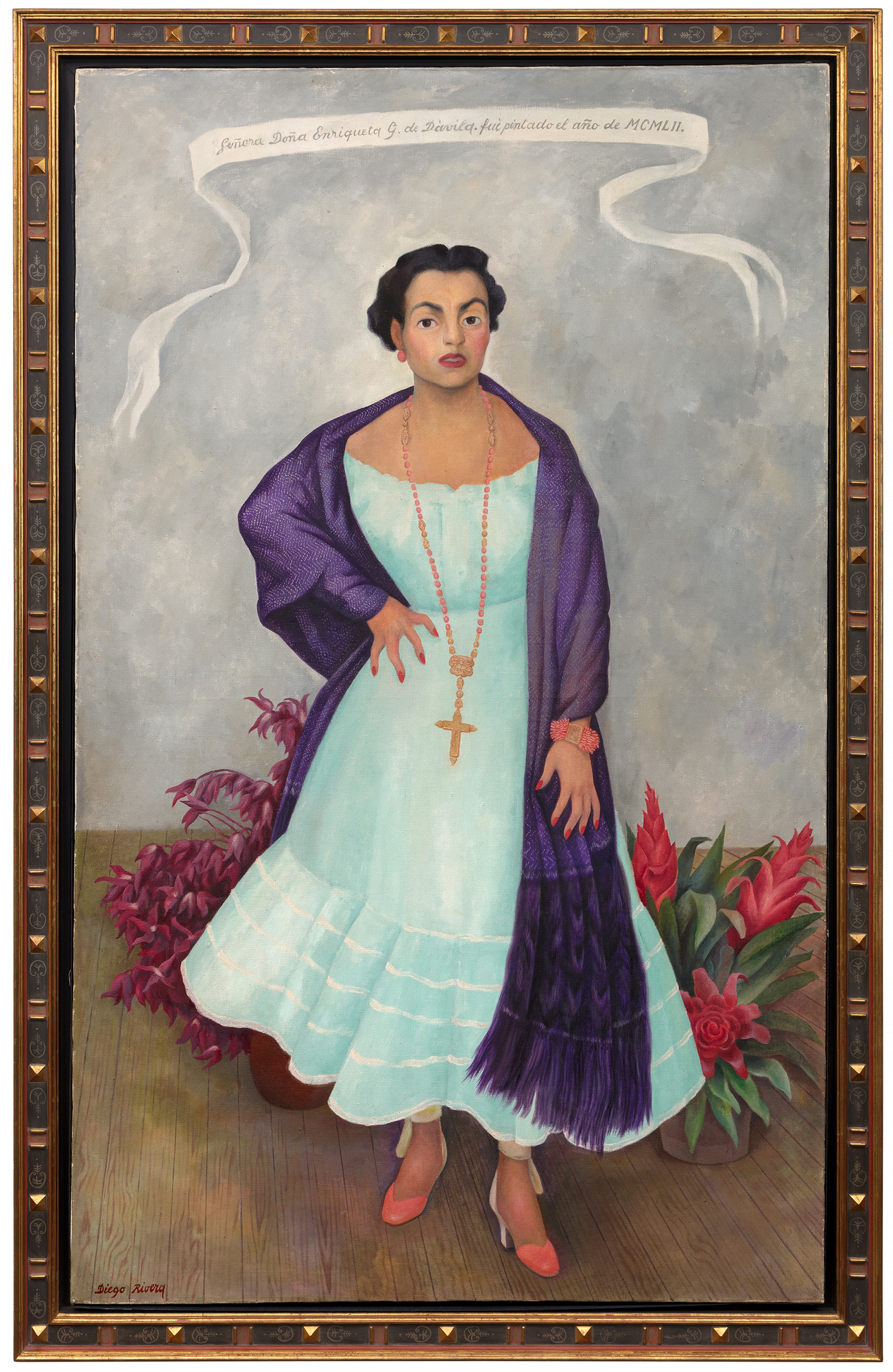
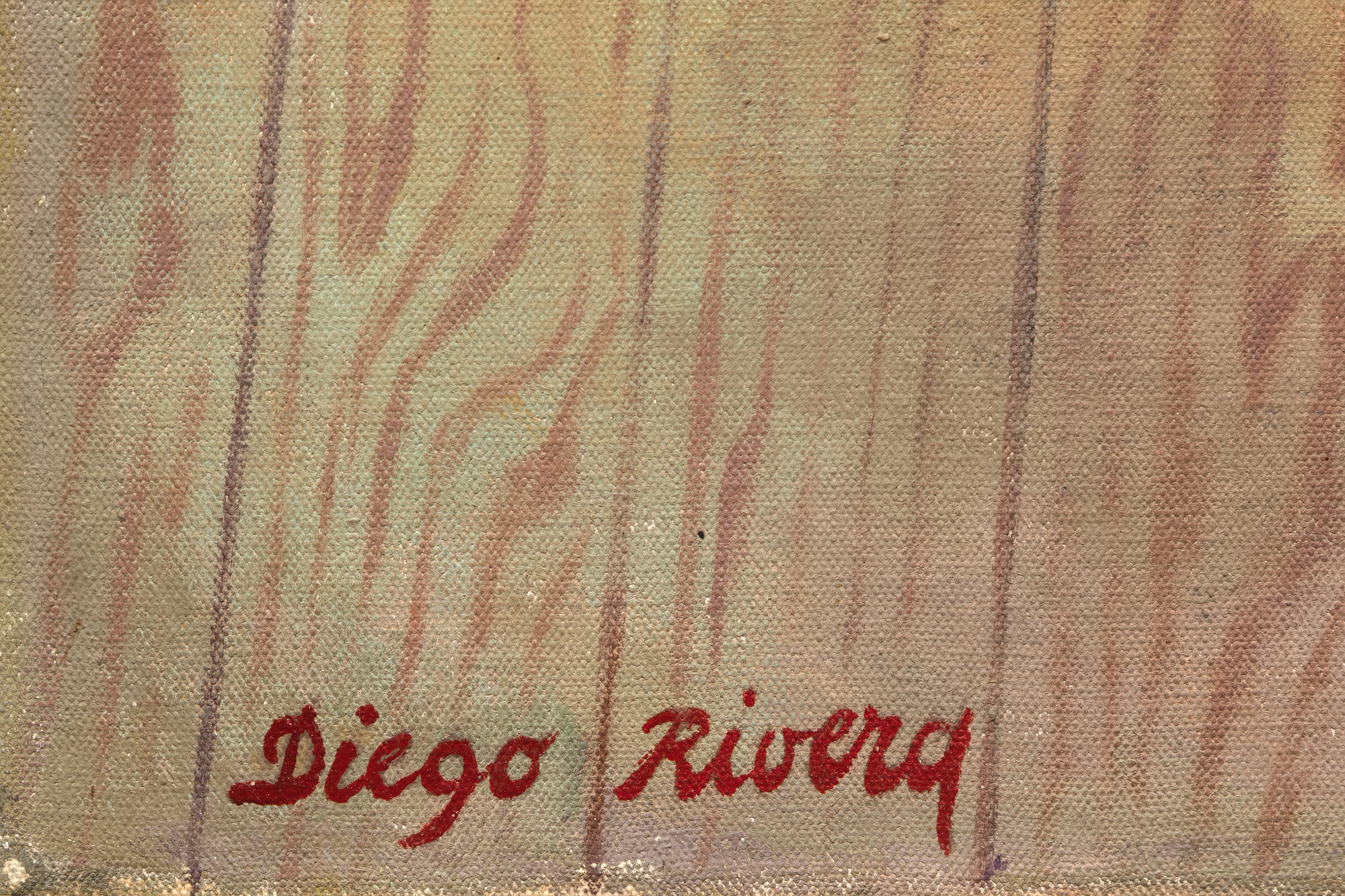
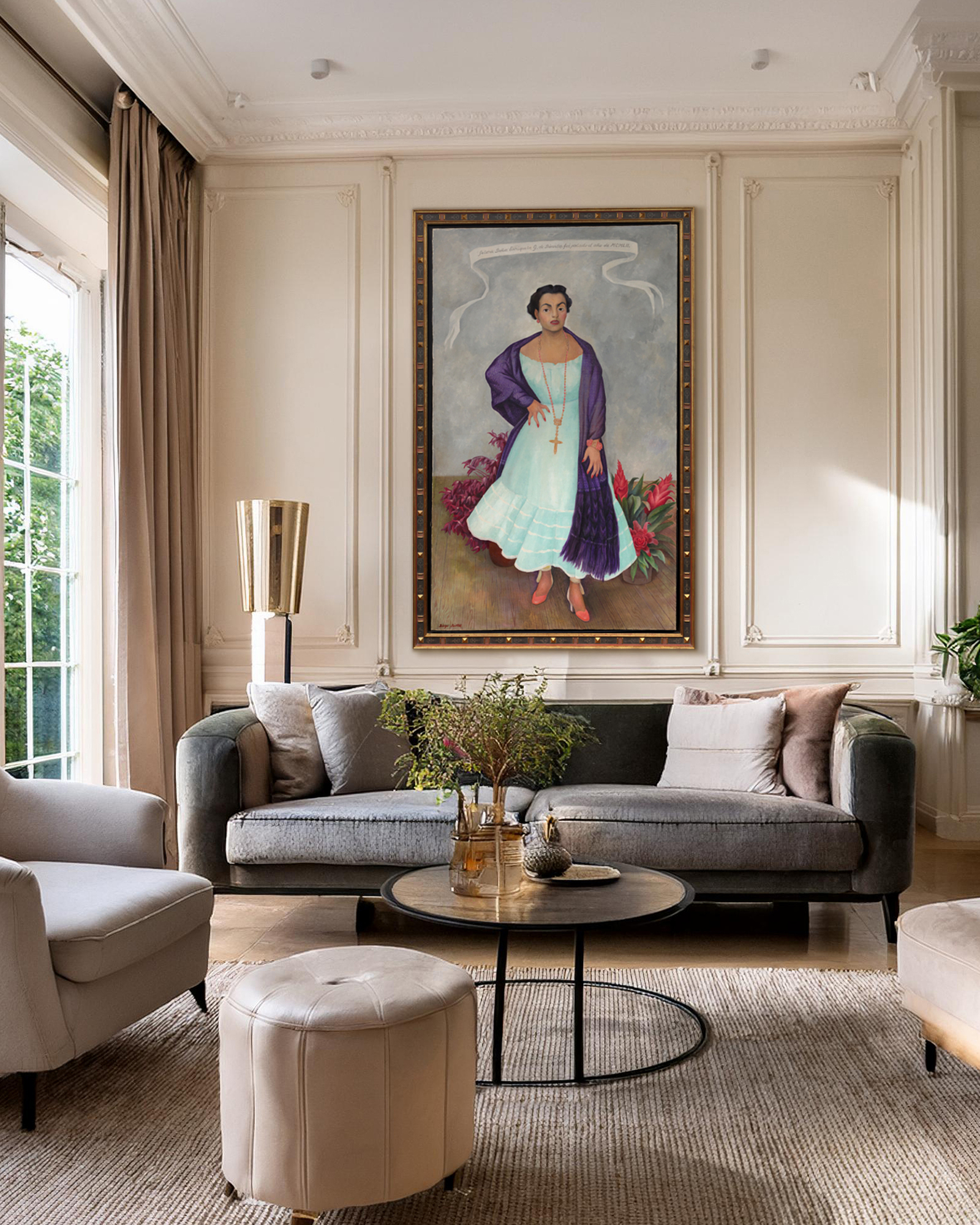
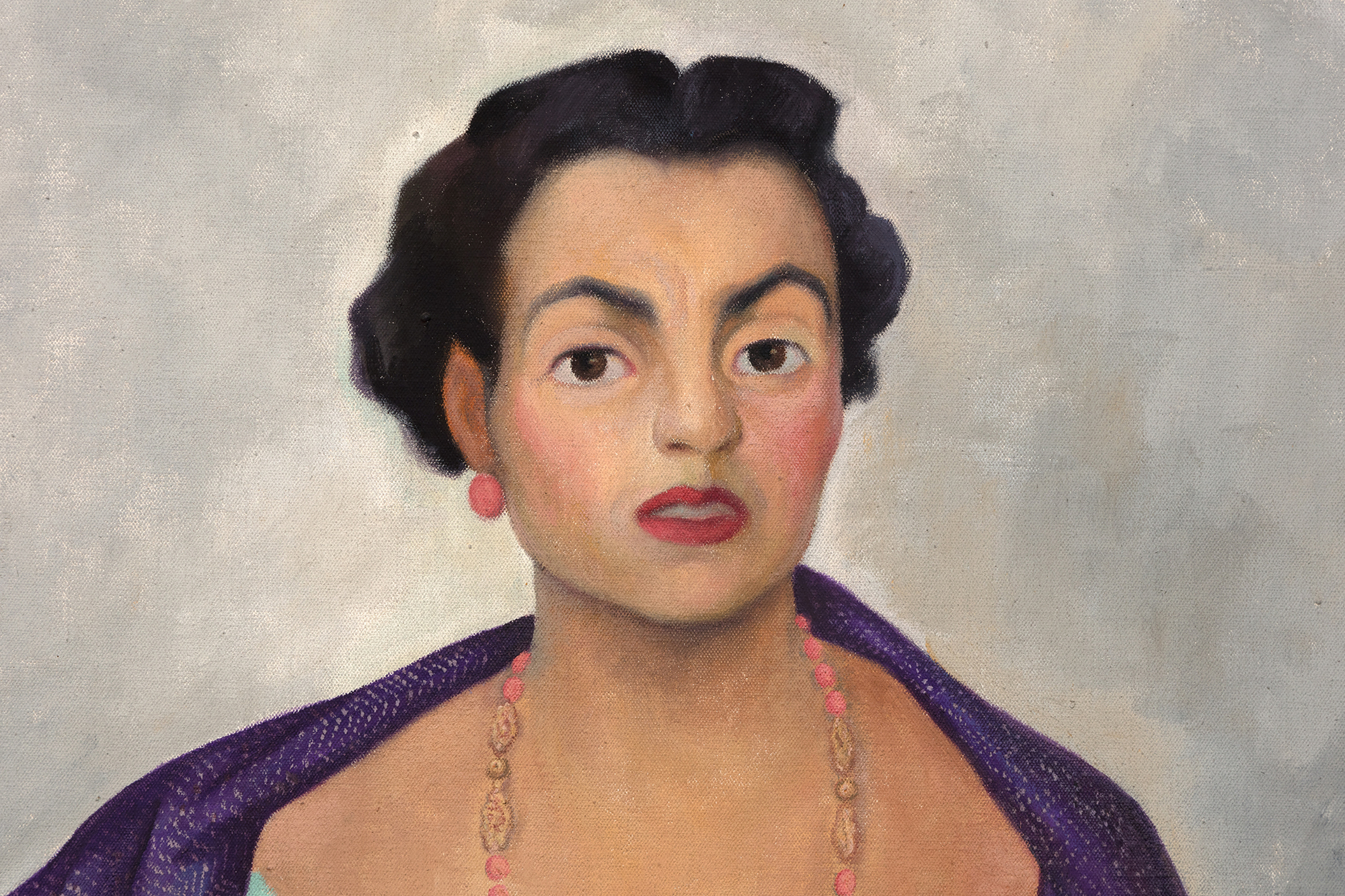
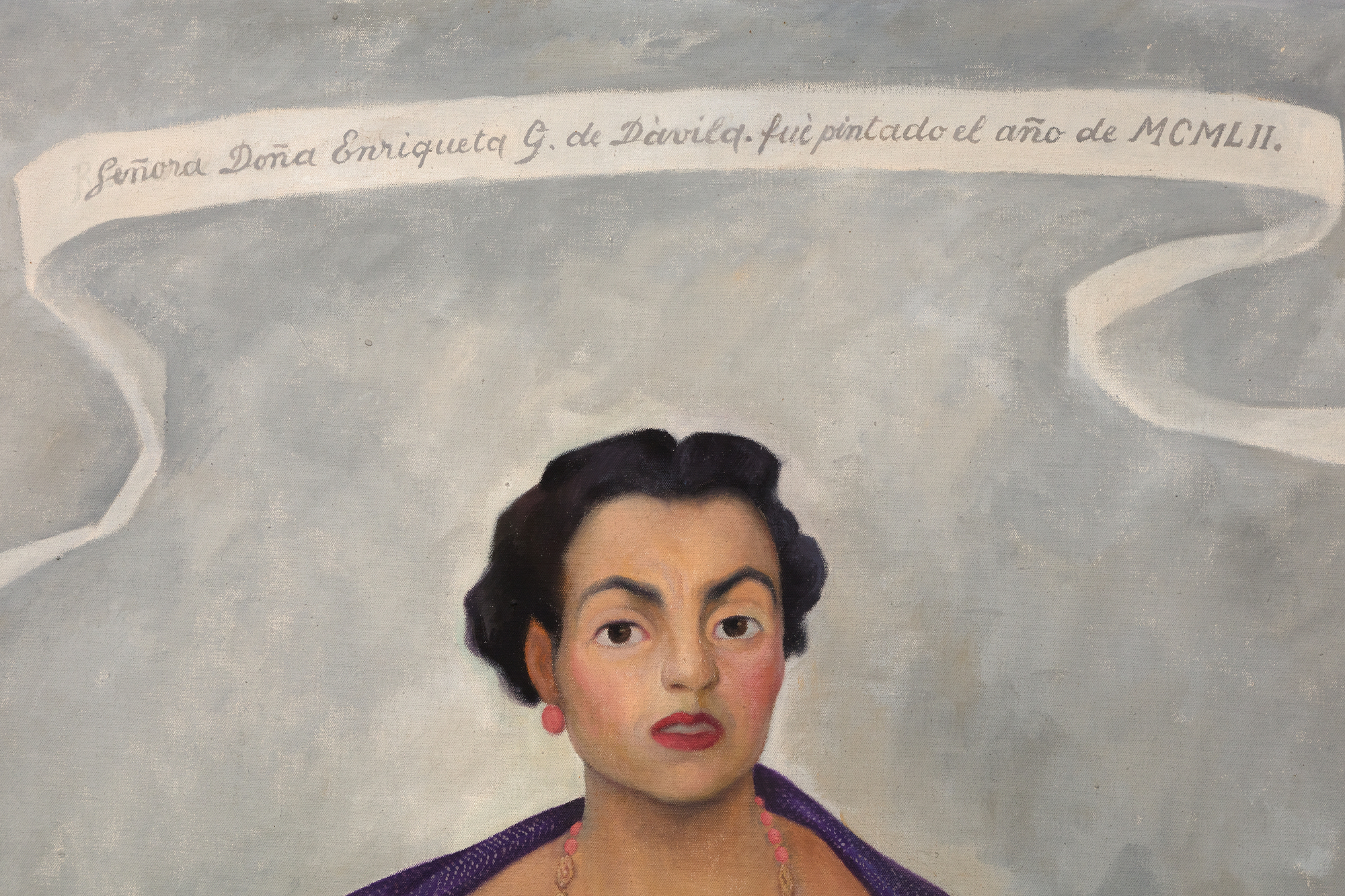
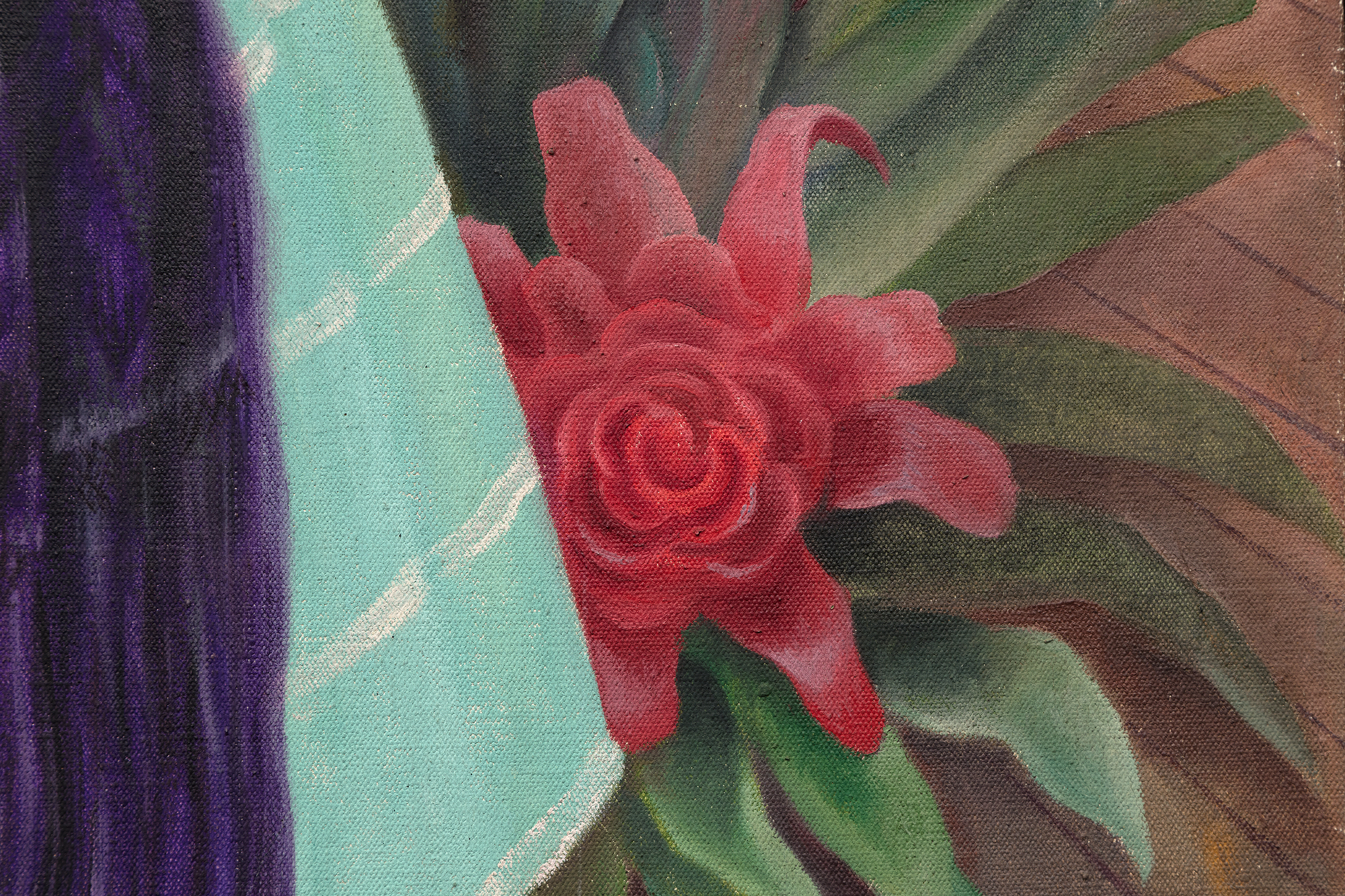
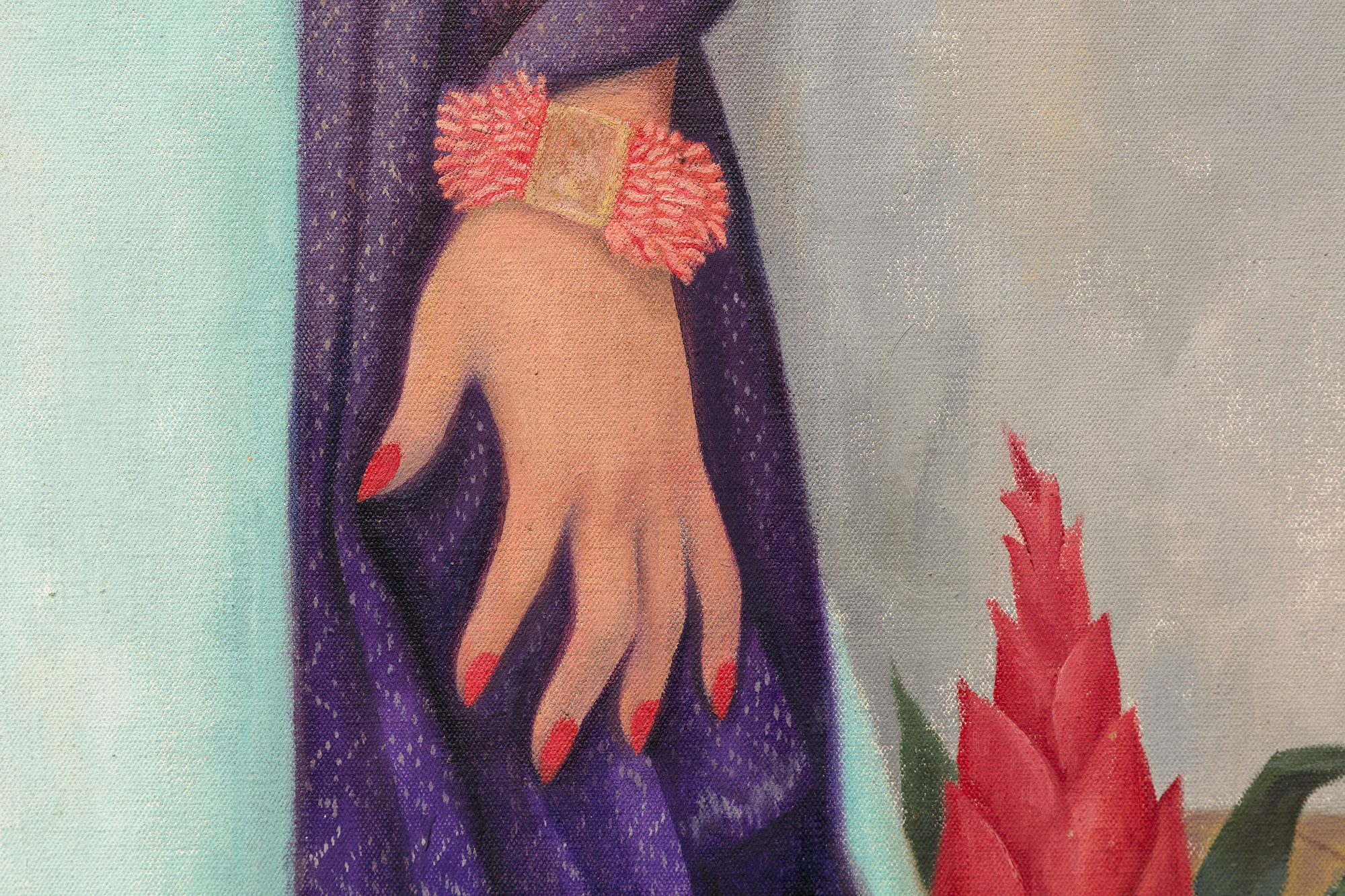
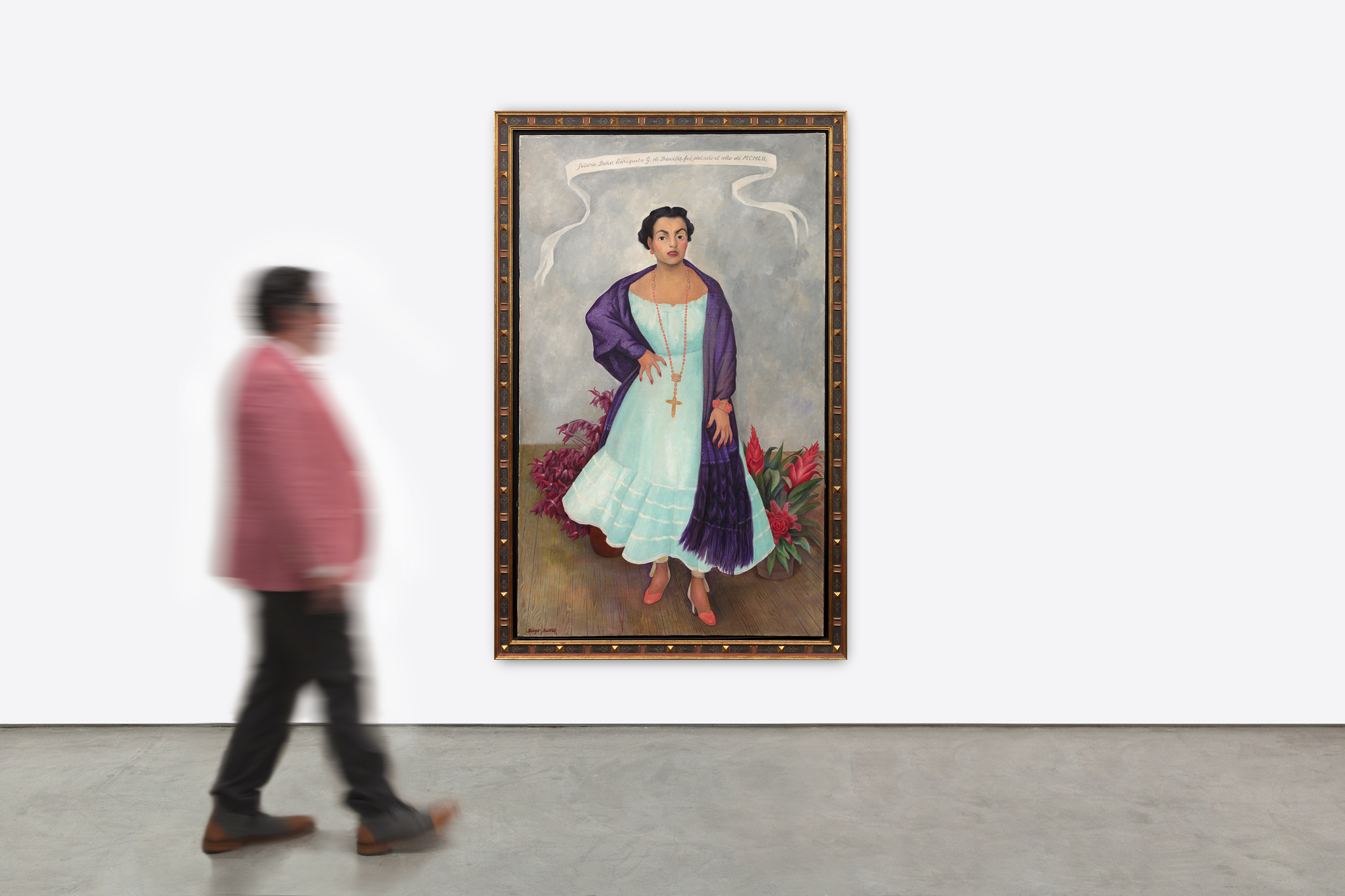
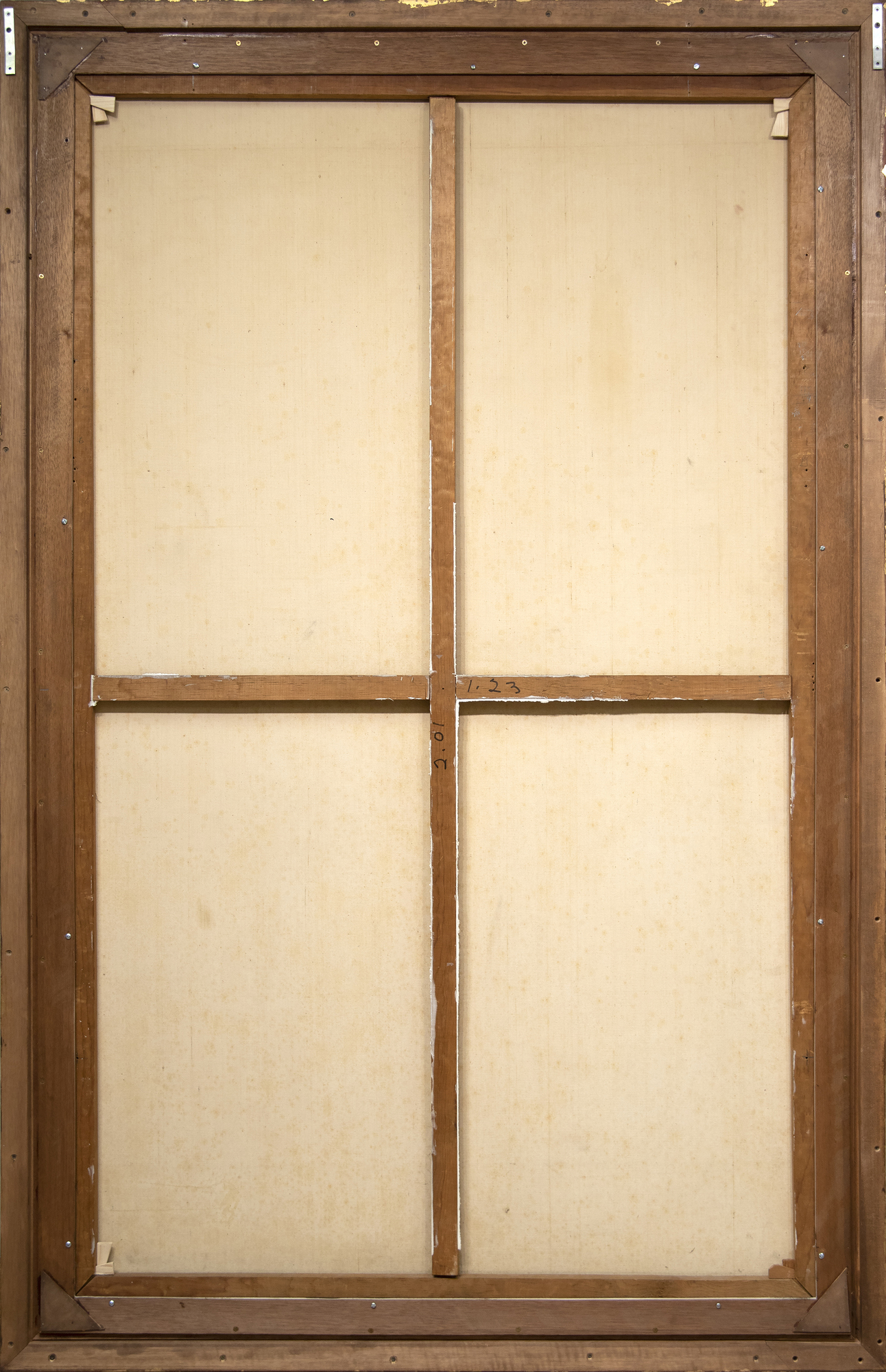
الاصل
إنريكيتا غولدباوم دي دافيلاإنريكيتا دافيلا غولدباوم، بالنسب من الأعلى
مجموعة خاصة، هيوستن
مجموعة خاصة، تم الحصول عليها من أعلاه
معرض
جنوة، إيطاليا، قصر دوكالي، فريدا كاهلو إي دييغو ريفيرا سبتمبر 20، 2014 - فبراير 8، 2015مكسيكو سيتي، المكسيك، متحف دولوريس أولميدو، هومناجي أ دييغو ريفيرا. Retratos, أكتوبر 20, 2007 – يناير 2, 2008
هيوستن، الولايات المتحدة، متحف الفنون الجميلة هيوستن، على سبيل الإعارة قصيرة الأجل خلال عام 2007 أوريزابا، المكسيك، متحف الفنون ديل إستادو دي فيراكروز، لا بريلانتيز بريفيا... اكثر... آل بينسيل,
11 مايو – 21 أغسطس 2006
كالابا، المكسيك، بيناكوتيكا دييغو ريفيرا، لوس كواترو غرانديس، مارس - يونيو، 2006 مكسيكو سيتي، المكسيك، موسيو ديل بالاسيو دي بيلاس آرتس، دييغو ريفيرا: أونا Retrospectiva، سبتمبر 1986 - يناير 1987
الادب
غارسيا، جوزيفينا. هومناجي دييغو ريفيرا: ريتراتوس. مكسيكو سيتي: موسيو دولوريس أولميدو، باتينيو، 2007. ص 129. طبعغوتييريز ل. كورتيس. دييغو ريفيرا: كاتالوغو جنرال دي أوبرا دي كاباليتي. مكسيكو سيتي: المجلس الوطني للطائفة، ديركسيون جنرال دي عام 1989، ص 265. طبع
دييغو ريفيرا: أونا Retrospectva. سيوداد دي ميكسيكو: متحف ديل بالاسيو دي بيلاس آرتس، INBA، سرية دي إدوكاسيون بوبليكا، 1986. طبع
لوس كواترو جراندز (كالابا) فيراكروز: بيناكوتيكا دييغو ريفيرا، 2006. طبع. بريغنيتز بودا، هيلغا. فريدا كاهلو إي دييغو رييرا. ميلانو: سكيرا، 2014، قطة. 252، ص 146، 265
... اقل...
التاريخ
في صورة دييغو ريفيرا لإنريكيتا دافيلا ، يؤكد الفنان على مكسيكانيداد ، وهي نوعية مكسيكية ، في العمل جنبا إلى جنب مع مشاعره القوية تجاه الحاضنة. علاوة على ذلك ، فإن هذه اللوحة فريدة من نوعها بين صوره في استخدامها للرمزية ، مما يمنحنا صورة قوية ، وإن كانت مبهمة ، للعلاقة بين الفنان والحاضنة.
كان إنريكيتا ، سليل عائلة غولدباوم البارزة ، متزوجا من رجل الأعمال المسرحي خوسيه ماريا دافيلا. كان الاثنان صديقين مقربين لريفيرا ، وطلب الفنان في البداية رسم صورة إنريكيتا. وجدت إنريكيتا الطلب غير تقليدي ورضخت بشرط أن ترسم ريفيرا ابنتها إنريكيتا "كويتيتا". تلتقط ريفيرا روح الأم من خلال استخدام الازدواجية في أقسام مختلفة من اللوحة ، من ألواح الأرضية إلى يديها ، وحتى الزهور. لماذا الانقسام في أفق لوح الأرضية؟ لماذا الصليب البارز بينما عائلة إنريكيتا يهودية؟ حتى وضعها مثير للاهتمام ، حيث يعرض امرأة تتحكم في قوتها الخاصة ، والتي أبرزتها يدها على وركها والتي أشارت إليها ريفيرا على أنها مخلب ، مما يزيد من تعقيد فهمنا لمكانتها.
هذا الاستخدام للزهور، جنبا إلى جنب مع "ريبوزو" أو شال، يؤكد هوية مكسيكية. كان ريفيرا بارعا في تضمين الزهور وتركيزها في أعماله التي أصبحت نوعا من أجهزة التوقيع. تظهر الزهور البروميلياد والكركديات. الأول هو epiphytic والأخير يعرف باسم flor de jamaica وغالبا ما يستخدم في شاي الكركديه و aguas frescas. هناك توتر بين هاتين الزهرتين ، مما يؤكد على العلاقة المعقدة بين إنريكيتا وريفيرا. من ناحية، يظهر ريفيرا هويته المكسيكية وهوية الجليس على الرغم من الجذر الأجنبي لعائلة إنريكيتا، ولكن قد يكون هناك معنى أكثر وضوحا يكشف عن مشاعر ريفيرا تجاه هذا الموضوع. الزهور ، كما تفعل في كثير من الأحيان في لوحات الحياة الساكنة ، قد تشير أيضا إلى الطبيعة العابرة للحياة والجمال. تشترك صورة ابنتها في بعض أوجه التشابه من استخدام الشال والزهور ، ولكن من خلال تغييرات بسيطة في الإيماءات ونوع الزهور ووضعها ، تضيء ريفيرا شخصية أقوى في إنريكيتا وعلاقة أكثر ديناميكية كما تمت تصفيتها من خلال عدسته.
اكثررؤى السوق
- تم تسجيل الرقم القياسي لريفيرا في نوفمبر 2022 بأكثر من 14 مليون دولار أمريكي. كانت اللوحة في مجموعة بول جي ألين.
- وقد بيعت لوحات بورتريه مماثلة في مزاد بأكثر من 7.4 مليون دولار أمريكي.
- وفقا لأبحاث سوق الفن ، كان معدل النمو السنوي المركب لسوق ريفيرا 10.9٪ منذ عام 1976 و 12.9٪ في السنوات الخمس الماضية.
أفضل النتائج في المزاد

بيع فيلم "المنافسون" (1931) مقابل 14,130,000 دولار.

"Retrato de Columba Domínguez de Fernández" (1950) بيعت مقابل 7,445,250 دولار.

بيع فيلم "La bordadora" (1928) مقابل 4,140,000 دولار.
















